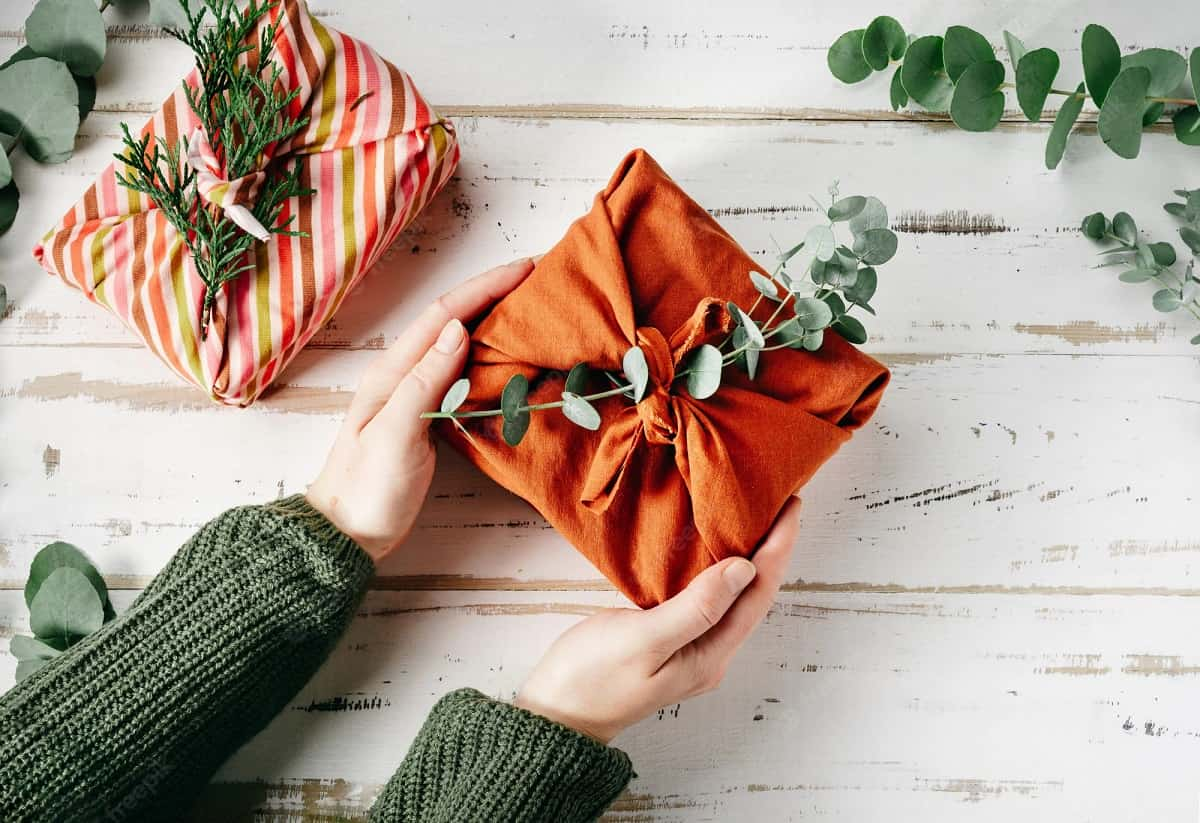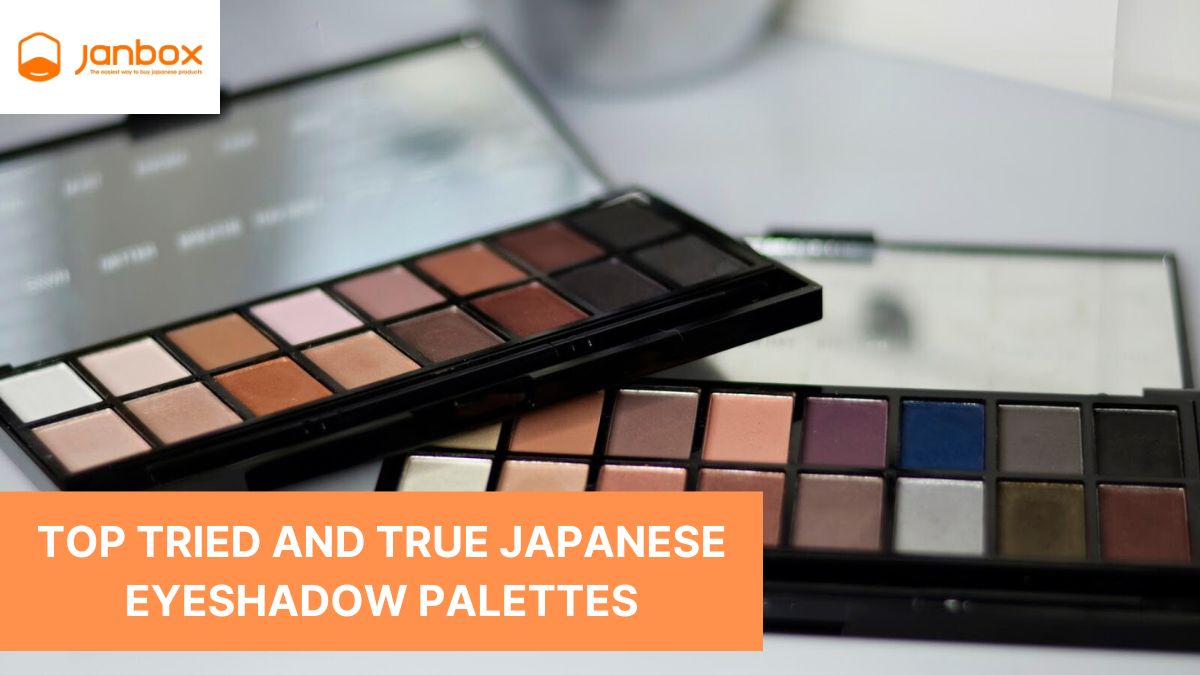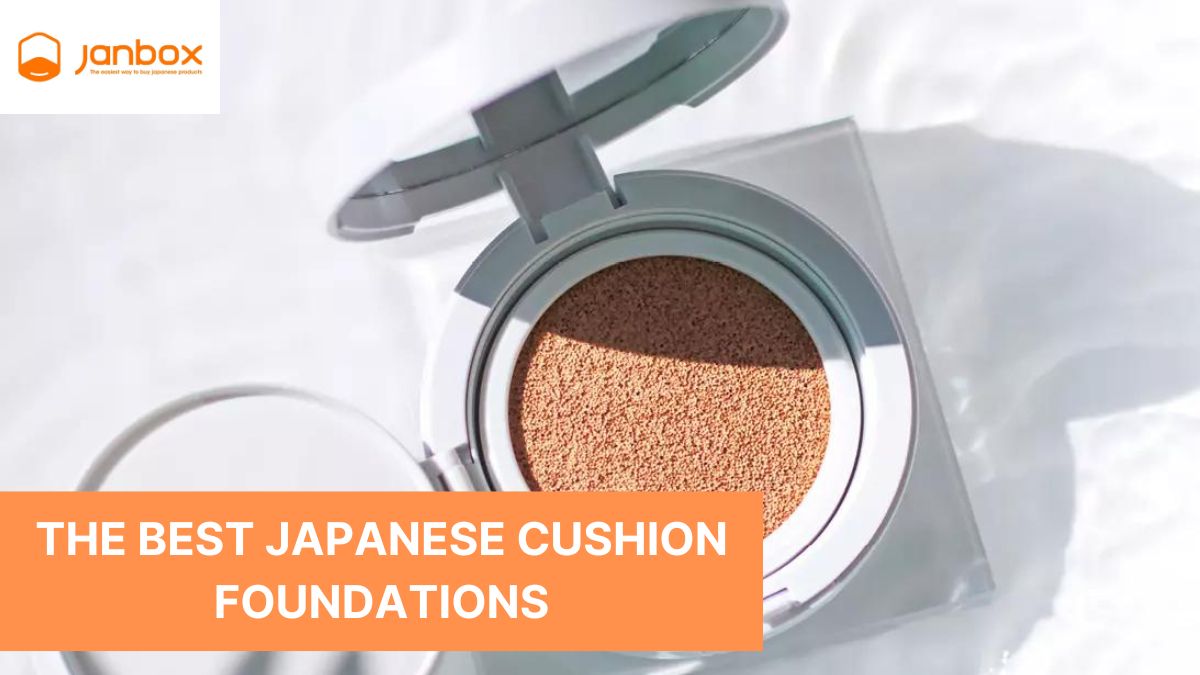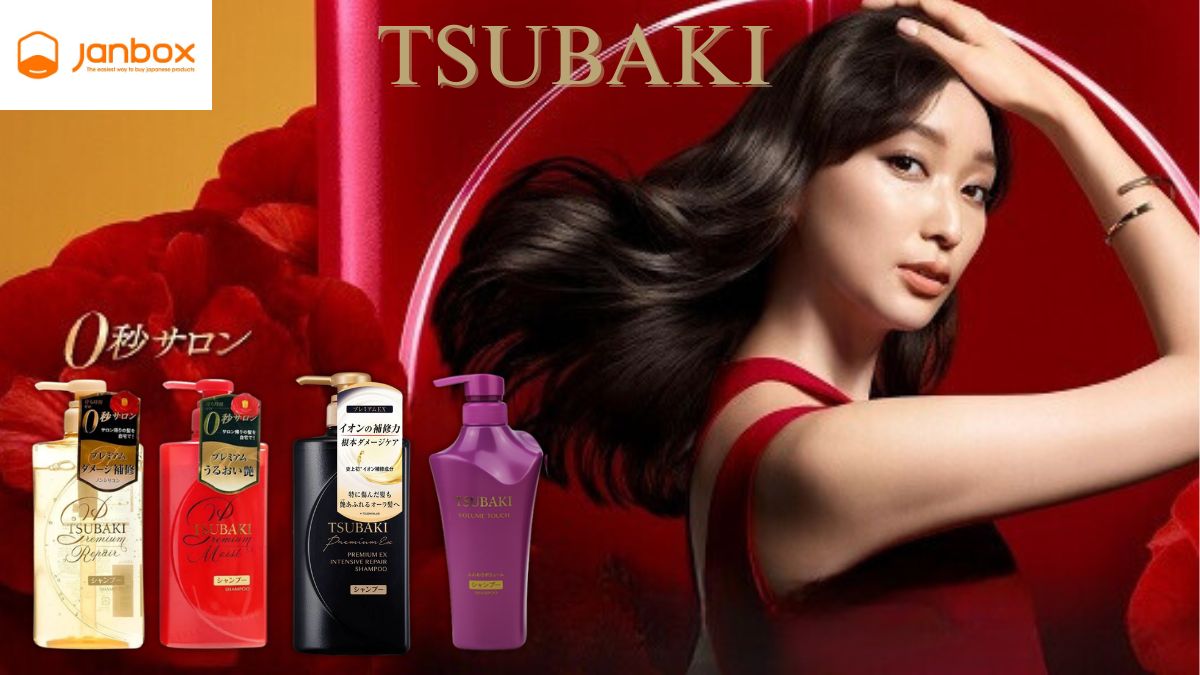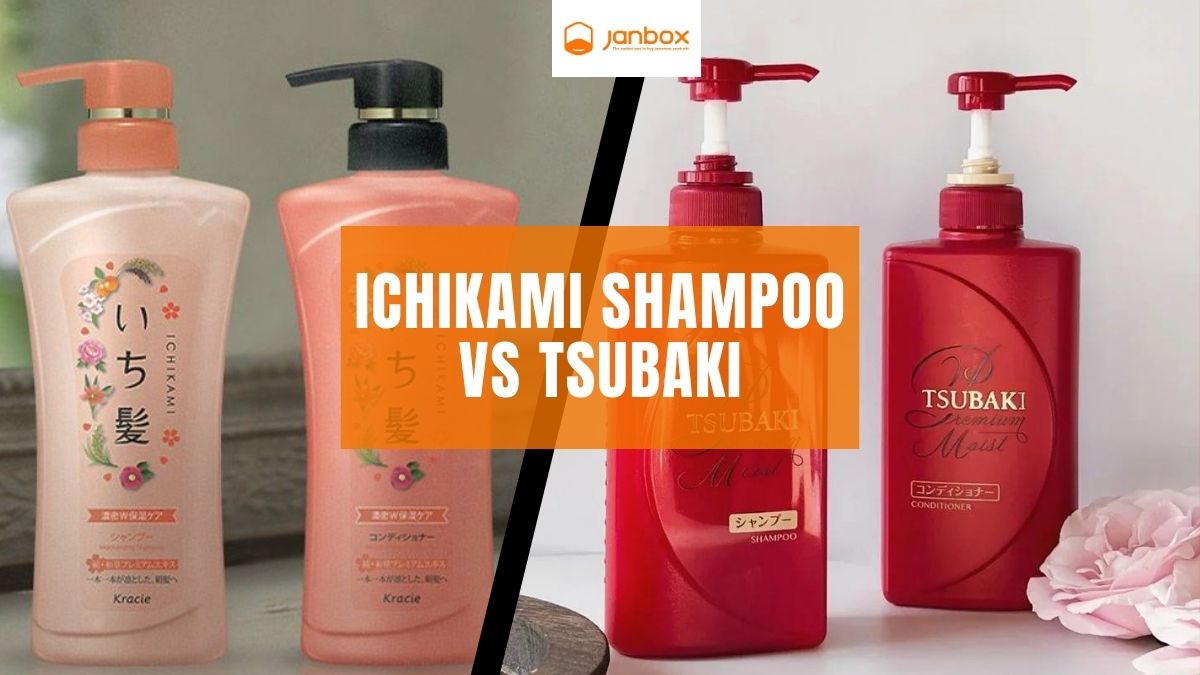What better way to mark the start of the holiday giving season than with a beautifully hand-wrapped present? It is understandable why we are forgoing gift wrapping this year and opting instead for an environmentally responsible solution when the wrapping on the exterior is equally as considerate as the present inside. Furoshiki, a type of gift wrapping and a traditional Japanese wrapping cloth, was first used to safeguard priceless items and dates back to the Nara period.
So without further ado, let Janbox share with you everything there is about this Japanese wrapping cloth art.
1. What is Furoshiki?
Every year, 4.6 million pounds of wrapping paper are manufactured. Megan Malone of earth911.com believes around 2.3 million pounds of it end up in the landfill. And to make matters worse, a lot of wrapping papers are embellished with foils and glitter or laminated with films, rendering them unrecyclable. What else can you do to elegantly conceal gifts in a waste-free, environmentally friendly manner, except carefully unwrapping them so you may reuse the paper later?
The problem of gift wrap waste has a long-standing solution in Japan! They have been using decorative, reusable square cloths called furoshiki to wrap gifts and other items since around 710 B.C.
By the Nara period (710-794 c.e.), they had changed from being known as Tsutsumi (“gift” or “present”) to furoshiki (“bath spread”). Furoshiki were used during this period by those who went to bathhouses to cover their clothing and valuables while they bathed. They were frequently embellished with family crests in order to make them portable and identify them as their own.
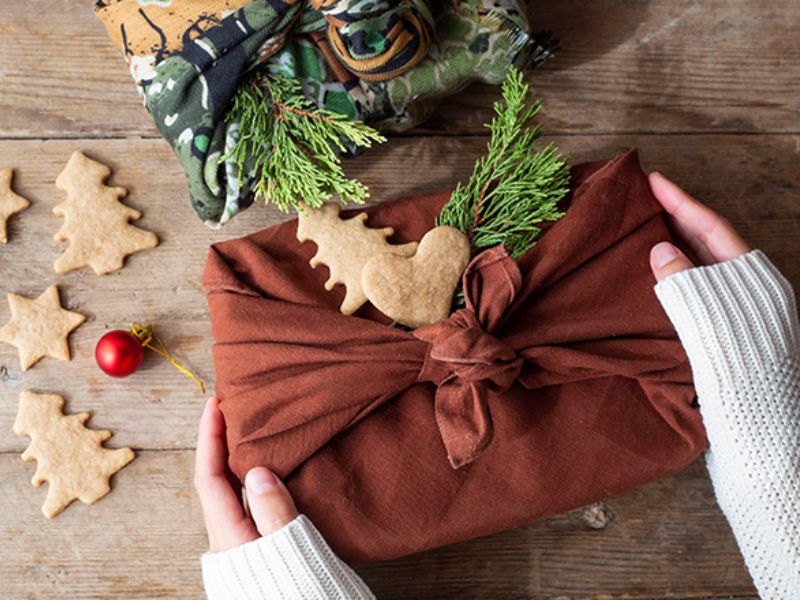
Furoshiki are now used to bring food home from the market and even to wrap gifts. Since they began as useful items, they have grown to play a significant role in Japanese gifting culture. Both the items they carry and the gorgeously designed furoshiki fabric are highly treasured!
2. A Brief History of Furoshiki
As previously stated, Furoshiki began in Japan around 710 B.C. during the Nara period. During this time, the cloth used to wrap an object was called Tsutsumi, which means “package” or “gift.” It was largely used to wrap precious commodities and treasures discovered in Japanese temples. During the Heian period, which spanned from 794 to 1185, the cloth was known as Koromo Utsumi and was largely used to wrap garments.
During the Muromachi era, which spanned from 1136 to 1573, the term “furoshiki” was used. Ashikaga Yoshimitsu, a Shogun in this time period, is thought to have erected a sizable bathhouse in his home and invited feudal lords to stay and use the facilities. In order to avoid being mistaken for other guests while taking a bath, these visitors would cover their kimonos in furoshiki material. In order to better identify who the clothing belonged to, family crests and other symbols were frequently sewn onto it. Many people dried off after bathing while standing on the cloth, hence the furoshiki meaning can be “bath spread.”
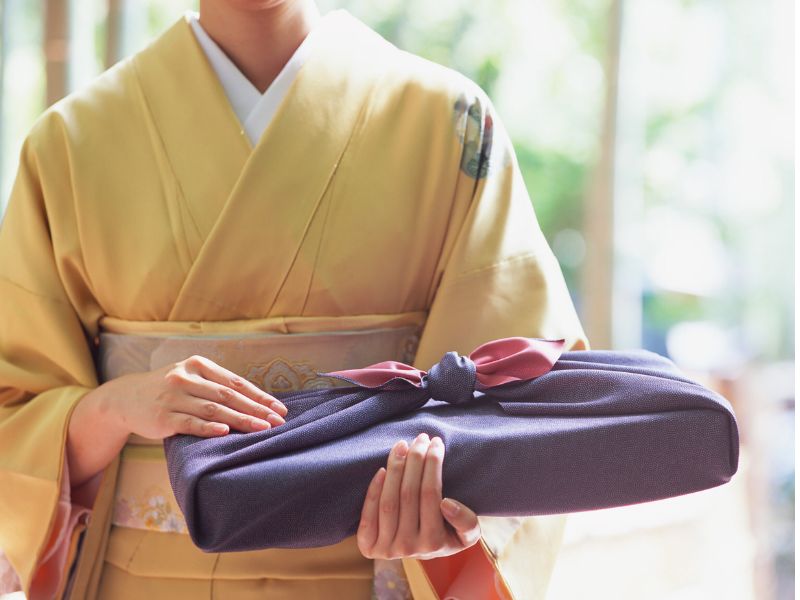
Bathhouses were the preferred location to wash, unwind, and mingle, and as a result, Furoshiki quickly gained popularity among all social classes. It didn’t take long for the practice to expand to other areas, such as the wrapping of books, presents, and goods.
Furoshiki cloth was advocated in 2006 by Japanese Environment Minister Yuriko Koike in an effort to raise environmental consciousness and decrease the usage of plastic. This is the time when modern procedures began to expand and became more widely used. Today, Japanese kids frequently carry lunch boxes with furoshiki covering, and gift-givers all over the world utilize it as an eco-friendly gift-packing method.
3. How to make Furoshiki?
Various textiles can be used to make Japanese furoshiki depending on the intended use! Popular selections include silk, cotton, rayon, nylon, canvas, and other Japanese materials. Its ability to be folded and utilized as a furoshiki is the only real restriction!
- Silk is only employed in high-end products. They create fantastic shawls and wall art because of their vibrant color and cozy texture. They work well as wrapping paper for expensive gifts, such as those given for special occasions. Japanese silk has a coarser texture than smooth, untextured silk since it is typically made of silk crepe.
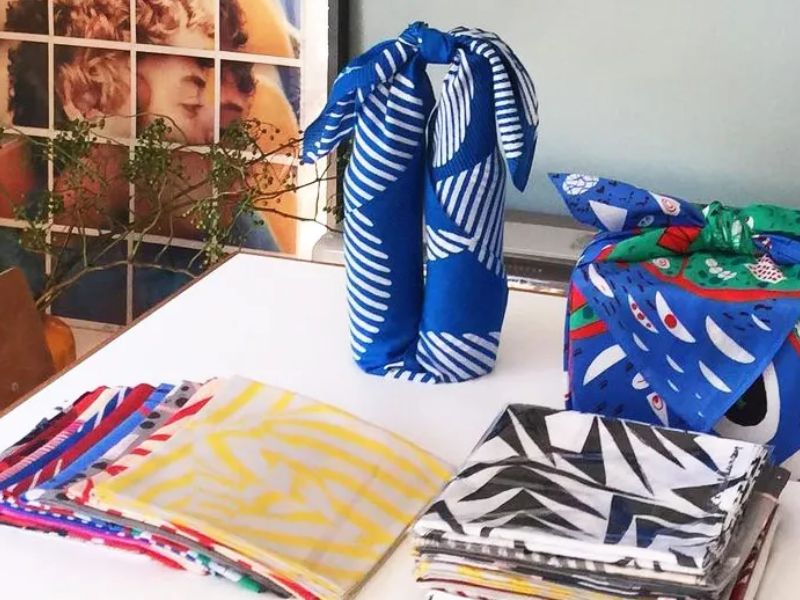
- Cotton is the fabric that can be tailored the most. Cotton furoshiki can be used for a variety of things, such as wrapping, purses, shawls, art, and more since Japanese cotton is so soft to the touch and of such high quality. Compared to silk, they are easier to clean and will last longer. Naturally, cotton is far more affordable than silk.
- If the smooth texture is absolutely necessary but your budget is limited, go for rayon. The best application for rayon is gift wrapping since, despite being a little more robust than silk, it still does not like water very much.
- Polyester is the perfect material for gift wrapping when you don’t want the package to cost more than the gift itself. Polyester has the advantages of being easy to clean and having the ability to display extremely vibrant and dramatic colors. Another fabric that works well for a furoshiki bag is polyester because it is water- and stain-resistant.
4. How is Furoshiki used in modern days?
The furoshiki has a variety of modern applications in addition to its more conventional ones. The 2006 furoshiki expo, which was organized by the Tokyo department store Printemps Ginza Co. in recognition of the furoshiki and its uses as a traditional wrapping material in Japan, is responsible for the furoshiki’s present level of popularity.
A news article about the event stated that “prior to the exhibition, only a few furoshiki were purchased each month. However, during the two-week promotion, 800 were sold, and the shop currently sells around 50 of them monthly. The incident showed how the furoshiki’s practicality had been disregarded in the era of pricey handbags, chic backpacks, and ubiquitous totes. With just a few simple knots, you can make a sizable shopping bag or even hold a few wine bottles.
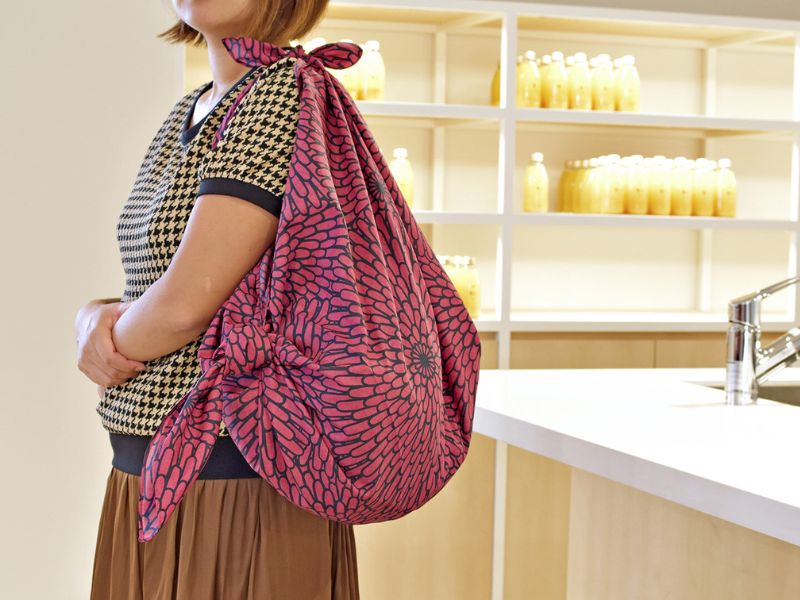
Japanese furoshiki are most frequently used nowadays to carry fragile products like glass, porcelain, and bento lunch boxes, wrap presents, and avoid spills. Beautiful designs can be displayed as wall art or worn as a shawl. Furoshiki cloth can be used to create bags of any size and shape. They are also easy to use as a tablecloth or picnic basket for your forthcoming hanami picnic. In an emergency, a furoshiki works well as a sling or makeshift bandage. Your imagination is the only limit on how you can use the furoshiki.
The furoshiki’s value today is increased by how well it works as a substitute for plastic. In addition to being washable, reusable, and more aesthetically pleasing than purchasing ziplock bags, saran wrap, disposable gift bags, or even gathering plastic bags from the grocery store, furoshiki may be used as all of these things.
>>Read more: Temari Balls: The Ultimate Guide Of Inspiring Ornamental Art From Japa.
5. How to Tie a Furoshiki?
One of the most enjoyable and creative aspects of furoshiki can be present wrapping, largely because there are no right or wrong ways to do it. However, if you’re just starting out, there are a few tried-and-true methods you can use. The Japanese Department of Environment has listed 14 of the most popular styles with Furoshiki such as the furoshiki bag tutorial or bottle tutorial and many more as you see in the picture below. But we’ll walk you through 4 of the most basic ones, along with added advice on the kinds of gifts that each design works best for.
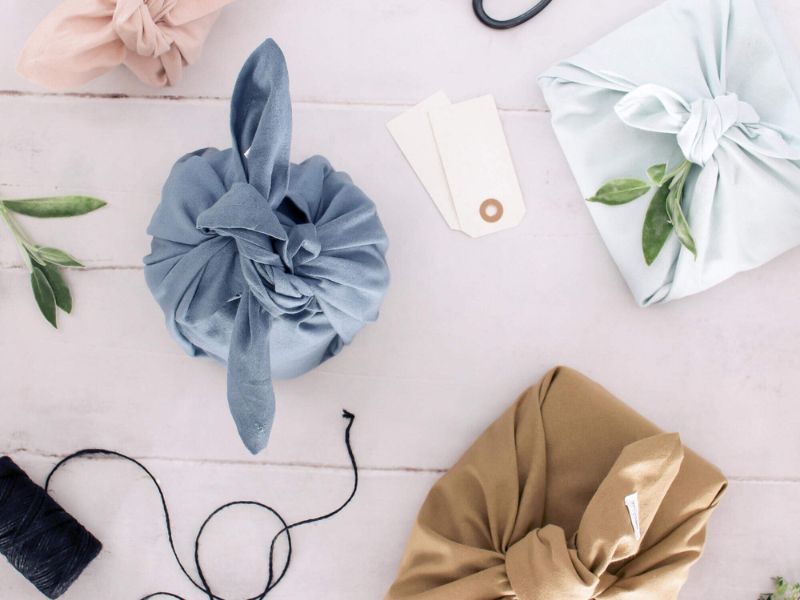
If you’re new to furoshiki, just read and follow our helpful tips for a great start.
- Cut your fabric to the proper size for your present. Uncertain of the size to use? To determine the level of coverage you require, try using a bandana, a napkin, or a piece of muslin fabric.
- How neatly your knots and wraps look depends depend on the weight of the fabric. To help you get a better sense, we used a variety of textiles in this article. The Celosia VelvetTM fabric works well for a no-tie wrap that is fastened with a ribbon or bias tape. Elegant, thin, and sheer chiffon is ideal for encasing a large, plush pillow.
- Lacking a box? Don’t stress over it! No one will be able to tell that your gift didn’t arrive in a box because there are so many ways to give it personality. We used a ceramic mug as additional padding instead of a box or additional bubble wrap by wrapping it in plush Velvet.
- Include your wrapping in the gift! Wrap a gift for a baby in a blanket for babies. Wrap a cute pair of earrings with a swatch. For the gifts you give your creative pals, use unstitched cloth so they may subsequently create something from it, like a pillow.
Now go on with our tutorial on how to wrap a furoshiki with 4 of the most basic styles.
5.1. Otsukai Tsutsumi
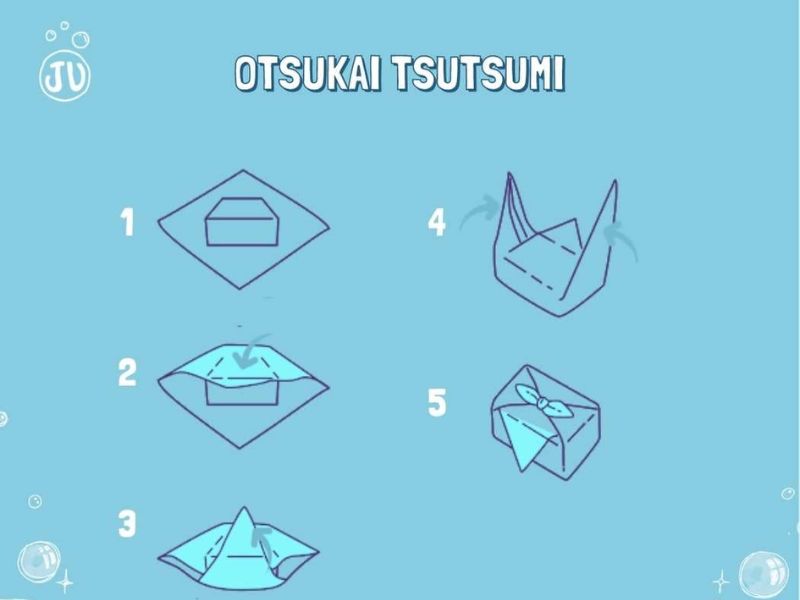
This first Furoshiki called a “simple pack,” lets you wrap rectangular boxes with a pretty bow on top.
- First, start by laying the fabric in a diamond shape, with one point facing you.
- Then place your gift box in the center of the canvas.
- Fold one side of the fabric over the box.
- Then fold the other side.
- Grasp the ends of the fabric and bring them to the center, making sure there are no wrinkles.
- And before we begin, tie them together.
Here it is, the box in the bag – or rather, in the furoshiki.
5.2. Bin Tsutsumi
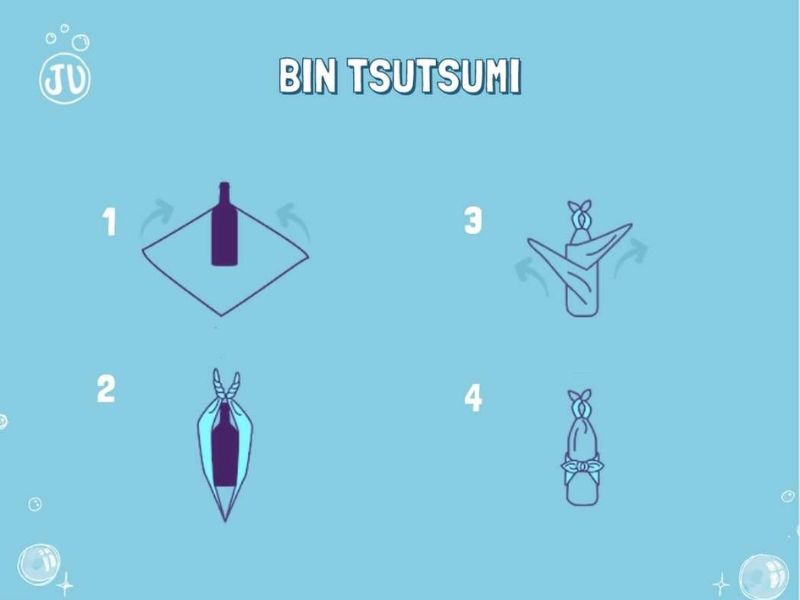
Do you want to give a beautiful bottle of wine to your loved one? In this case, it is the Bin Tsutsumi technique that must be applied! Specially designed for formats of this type, this folding technique will allow you to wrap your bottles in a unique way and impress your loved ones.
To do this :
- Arrange your furoshiki in a diamond shape with one point facing you.
- Place your bottle upright, in the center of the fabric.
- Take the two ends, twist them and tie them above the cork.
- Take the other two ends you wrap around the mouth of the bottle.
- Then tie the knot.
That’s it, your packaging is ready. An unstoppable technique to show your loved ones that you have some in the bottle!
5.3. Sao Tsutsumi
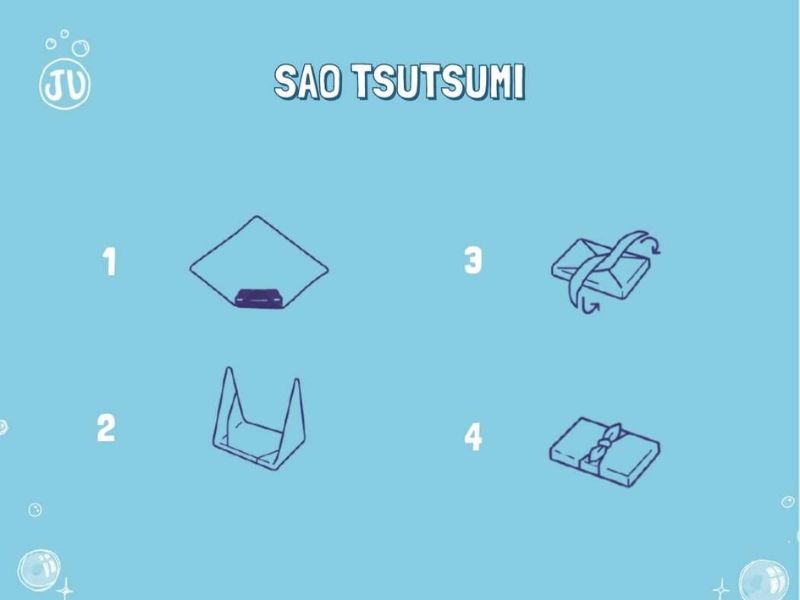
Would you like to wrap a book in furoshiki fabric? Here’s how to neatly wrap it up in a jiffy:
- Arrange your fabric in a diamond pattern, always facing you.
- Book the book at the spot closest to you.
- Roll the book to the other end.
- Take opposite ends, tie a single knot and turn the book upside down.
- Collect the ends and tie the second knot.
Here it is, your book is beautifully wrapped!
5.4. Yotsu Musubi
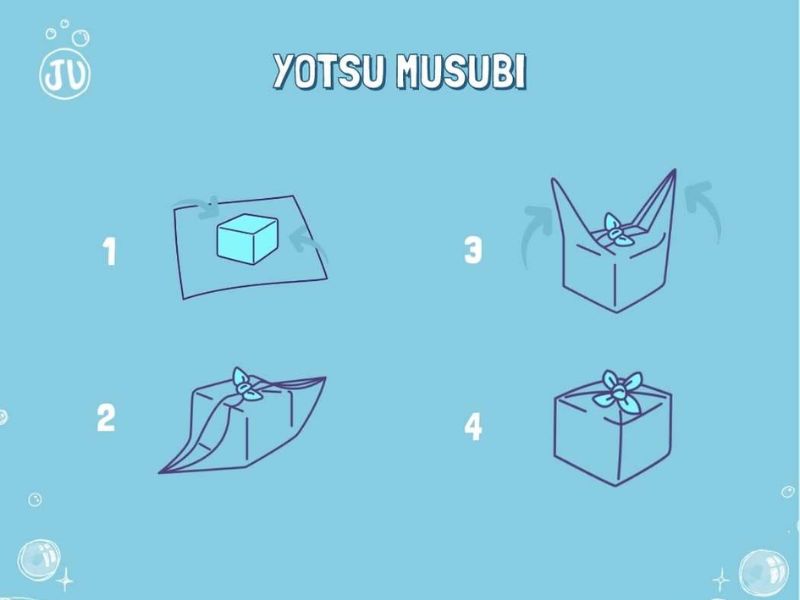
Yotsu Musubi wrappers are often referred to as “four corners” or “four-button wrappers”. Why? It’s simple. To reproduce it, it is roughly enough to tie four corners. I explain to you:
- Place your gift on canvas.
- Take two opposite corners of the canvas.
- Make two buttons with it, and pull it tight.
- Then grab the remaining two corners.
- Tighten the two knots, still pulling tight.
That’s it, your Yotsu Musubi zero-waste wrapping is ready!
6. Where to buy Furoshiki?
Where to buy Furoshiki, you ask? Stop struggling, it is super easy to buy this type of wrapping cloth both online and offline. Just go search on Janbox and you can have tons of options. Browse through these options and choose your favorite one for the coming Christmas.
7. Conclusion
These days, furoshiki wrapping has become more well-liked than ever as people look for more environmentally friendly ways to present gifts. We mean, are there any nicer things than presents that are elegantly wrapped? Forget about matching your ribbon to your bow or locating the end of the sticky tape; this furoshiki-inspired wrap only requires one piece of fabric and requires basic folds and ties. The best part, then? The cloth can be used again by your recipient!
This idea is straightforward yet eye-catching; it ups the ante on your wrapping prowess. So if you’re still thinking about how to wrap your presents, just think of this incredibly old but also incredibly stylish Japanese practice of Furoshiki.
>>Read more: Findings Of Interest In The Omoshiroi Block.

